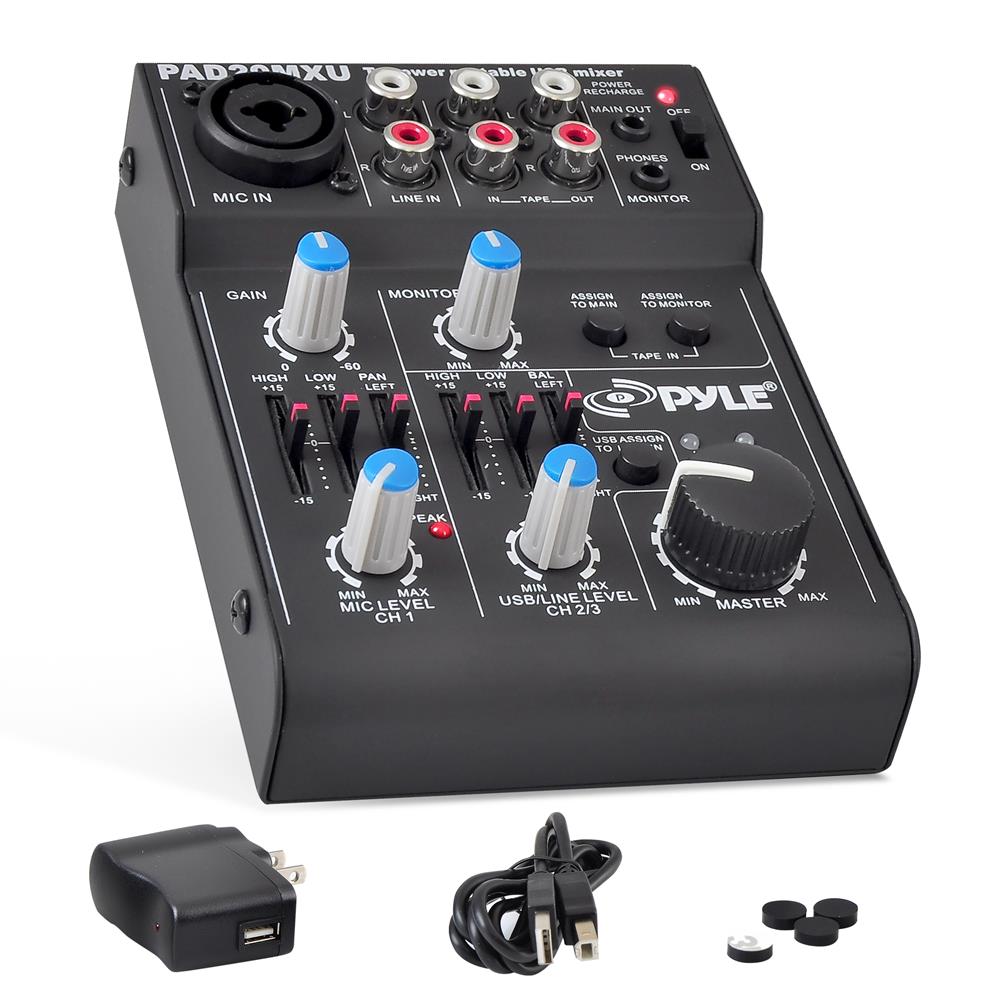

use popular MOSFET transistor as output driver,.ADC (minimum 2 inputs – for potentiometer and CV).use some small, generic, microcontroller with:.The assumptions for the electronics were: It was an inspiring read and helped me to refine a circuit design I had in mind. As I started looking for some details on its proper implementation, I found this article on cassette player hack. I mean the “jack thing”, not a piece of wood used as a battery replacement.Ī common techniqe of implementing DC motor speed control is a pulse width modulation (PWM). If you have a better idea how could I solve this one, please tell me, so I could avoid such strange solutions in the future.
Recorder controller audio mod#
Panasonic RQ-340 with installed jack socket and a MOD sticker I hope this will be sufficient (and nobody will think it is an modulation input and injects LFO signal). Additionally, the sticker on the recorder states: “MOD”. But then I saw with my eyes of imagination how many times I would have to make this cable again, as it will be probably lost countless number of times. The other idea was to use some custom cable to connect both units together.

The jack is installed only on the cassette recorders side, but on the controllers the connection is hard-wired. I did the only thing I could – minimized the risk of failure. My biggest fear was someone will plug mono cable (shorting GND and VCC) and as you now, those are very popular in eurorack synth world. (Later I’ve discovered a strange connector used in some HP printers I could use, but it was to late). But still jack was the smallest and only one fitting. In theory, I could just use any 3 way connector and an external switch. But the only connector with 3 (or more) ways and a switch, which could fit inside, was ironically, a stereo 3,5 mm jack. Let me explain: it is obvious, it should not use any audio related socket, because of a possibility of erroneous connection I wanted to avoid.
Recorder controller audio how to#
The really big problem you wouldn’t think of was… how to connect main unit and mod (or controller). I spend so much time on this one, it is definitely worth mentioning.
Recorder controller audio install#
The first thing to think about: how and where should I install the mod? After I’ve opened the device, I made a fast analysis: Panasonic RQ-340 “mini” cassette recorder, still not knowing what’s waiting for him The mod was preformed in a unusual “engineer way”, not the nowadays popular “short-random-points-and-see-what-will-happen Youtube way”. A friend (the one who menaged to kill few pairs of speakers with my Binaural Beat Generator) asked me if I could add an CV input to his cassette recorder, so he could use it with his modular synth.


 0 kommentar(er)
0 kommentar(er)
